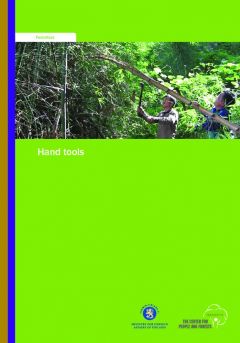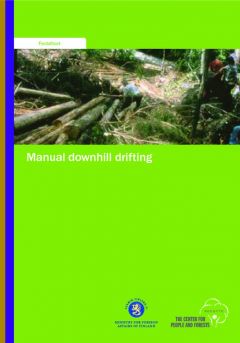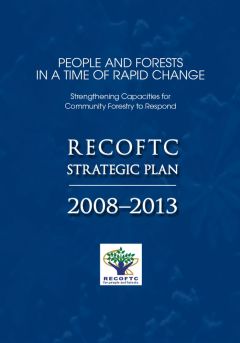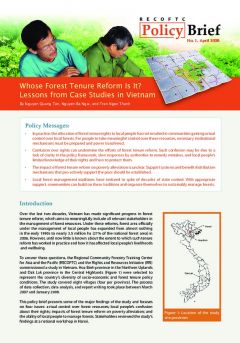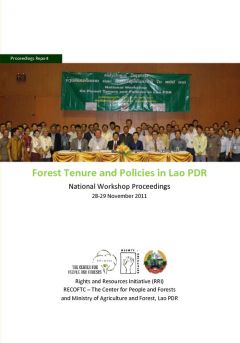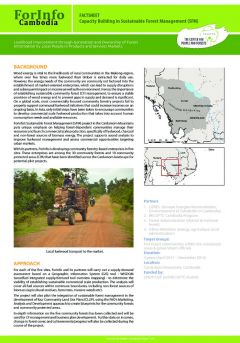The WISDOM Analysis Tool: Best Practices
This report gives an overview of the Woodfuel Integrated Supply/Demand Overview Mapping (WISDOM) analysis carrried out under the Sustainable Forest Management and Bio-Energy Markets to Promote Environmental Sustainability and to Reduce Greenhouse Gas Emissions in Cambodia (SFM) project in order to understand the viability of fuelwoodbased businesses in its target community forest (CF) sites and to assess their possible integration into an overall energy plan at the commune level.


